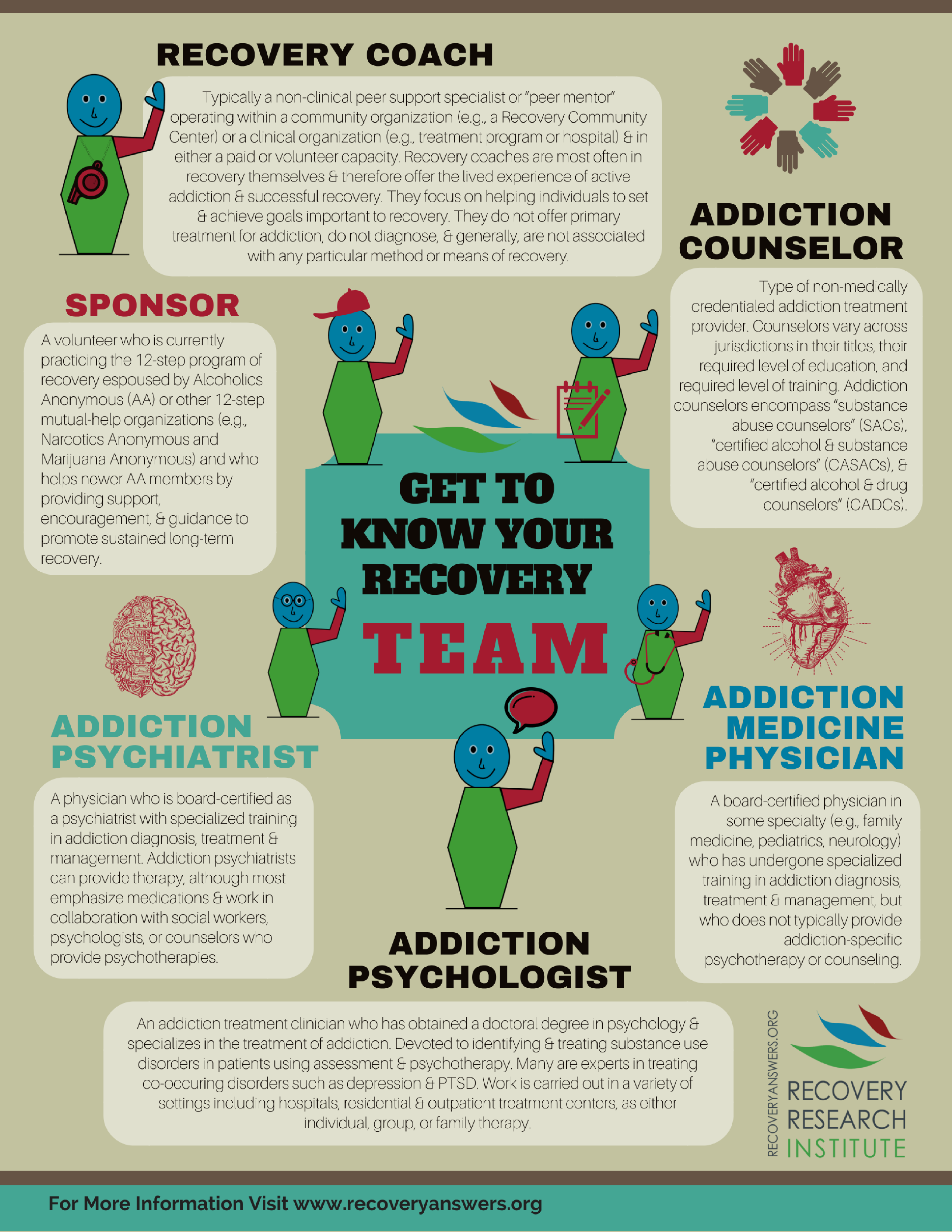Mood stabilizers help to relax areas of the mind that are affected by bipolar disorder. These drugs are most efficient when they are taken routinely.
It might take a while to find the right drug that works best for you and your medical professional will certainly monitor your condition throughout therapy. This will entail normal blood tests and perhaps a modification in your prescription.
Neurotransmitter law
Natural chemicals are a group of chemicals that manage one another in healthy and balanced individuals. When degrees end up being unbalanced, this can cause mood problems like anxiety, anxiety and mania. State of mind stabilizers help to avoid these episodes by assisting regulate the equilibrium of these chemicals in the brain. They also might be made use of alongside antidepressants to enhance their efficiency.
Medications that function as mood stabilizers consist of lithium, anticonvulsants and antipsychotics. Lithium is possibly the most popular of these drugs and works by influencing the flow of salt through nerve and muscular tissue cells. It is most often made use of to treat bipolar illness, yet it can likewise be helpful in treating various other mood problems. Anticonvulsants such as valproate, lamotrigine and carbamazepine are additionally effective state of mind supporting drugs.
It can take a while to find the best kind of medication and dose for each person. It is necessary to work with your medical professional and participate in an open discussion about exactly how the drug is helping you. This can be specifically useful if you're experiencing any kind of adverse effects.
Ion network modulation
Ion networks are a significant target of state of mind stabilizers and numerous various other medicines. It is currently well developed that they are dynamic entities that can be regulated by a selection of exterior stimulations. On top of that, the inflection of these channels can have a variety of temporal results. At one extreme, adjustments in gating dynamics might be fast and immediate, as in the nicotinic acetylcholine receptor/channel system. At the various other end of the spectrum, covalent alteration by healthy protein phosphorylation may lead to adjustments in network function that last longer.
The field of ion channel modulation is getting in a duration of maturity. Current researches have actually shown that transcranial concentrated ultrasound (US) can stimulate neurons by activating mechanosensitive potassium and sodium channels embedded within the cell membrane. This was shown by revealed networks from the two-pore domain name potassium household in Xenopus oocytes, and concentrated US dramatically regulated the present streaming via these channels at a holding voltage of -70 mV (best panel, loved one result). The results follow previous observations showing that antidepressants influencing Kv networks regulate glia-neuron interactions to contrary depressive-like behaviors.
Neuroprotection
State of mind stabilizers, like lithium, valproic acid (VPA), and carbamazepine, are vital in the therapy of bipolar affective disorder, which is defined by reoccurring episodes of mania and depression. These medicines have neuroprotective and anti-apoptotic residential or commercial properties that help to avoid mobile damages, and they likewise enhance cellular durability and plasticity in inefficient synapses and neural circuitry.
These protective activities of mood stabilizers might be moderated by their restraint of GSK-3, mindfulness therapy inositol signaling, and HDAC activity. Furthermore, long-lasting lithium treatment safeguards against glutamate excitotoxicity in cultured nerve cells-- a design for neurodegenerative problems.
Studies of the molecular and mobile effects of mood stabilizers have revealed that these drugs have a wide range of intracellular targets, including multiple kinases and receptors, in addition to epigenetic adjustments. Refresher course is required to determine if mood stabilizers have neurotrophic/neuroprotective activities that are cell kind or wiring details, and just how these impacts may enhance the rapid-acting therapeutic response of these representatives. This will help to create brand-new, faster acting, much more effective therapies for psychiatric diseases.
Intracellular signaling
Cell signaling is the process whereby cells connect with their setting and other cells. It includes a sequence of action in which ligands connect with membrane-associated receptors and result in activation of intracellular paths that control vital downstream mobile features.
Mood stabilizers act upon intracellular signaling via the activation of serine-threonine protein kinases, causing the phosphorylation of substrate proteins. This turns on signaling waterfalls, resulting in adjustments in gene expression and cellular feature.
Lots of state of mind stabilizers (including lithium, valproate and lamotrigine) target intracellular signaling pathways by preventing particular phosphatases or turning on certain kinases. These impacts cause a decline in the activity of these paths, which leads to a decrease in the synthesis of certain chemicals that can affect the brain and lead to signs and symptoms of anxiety or mania.
Some mood stabilizers also function by enhancing the activity of the repressive neurotransmitter gamma-aminobutryic acid (GABA). This improves the GABAergic transmission in the mind and decreases neural task, therefore generating a soothing result.
